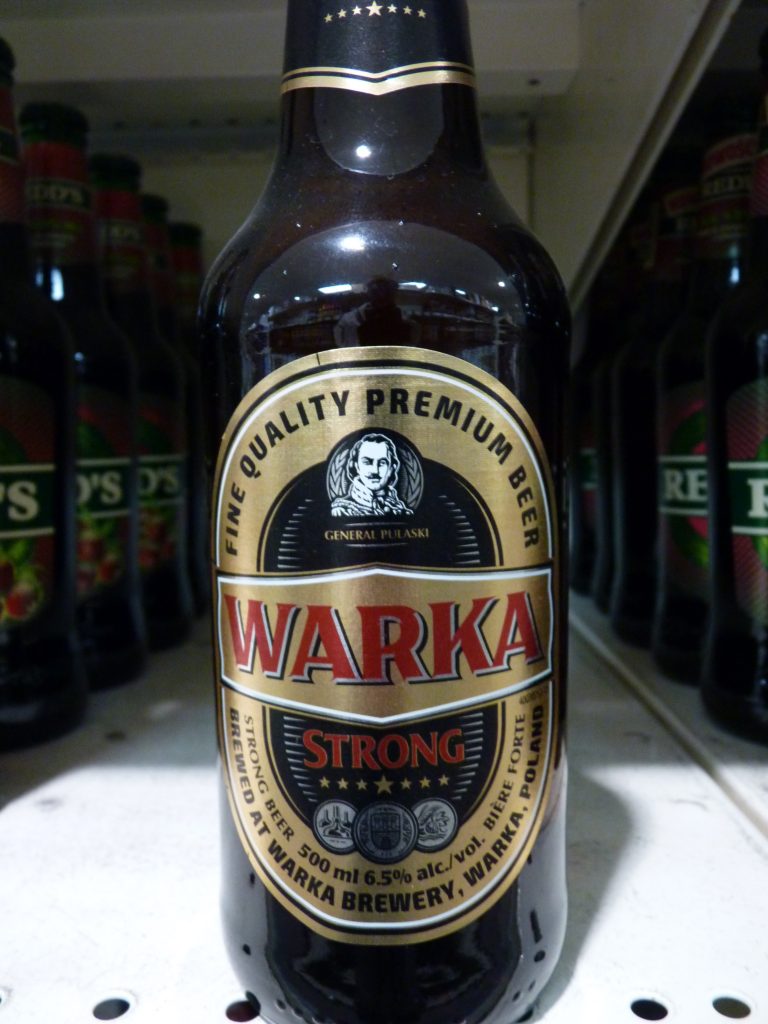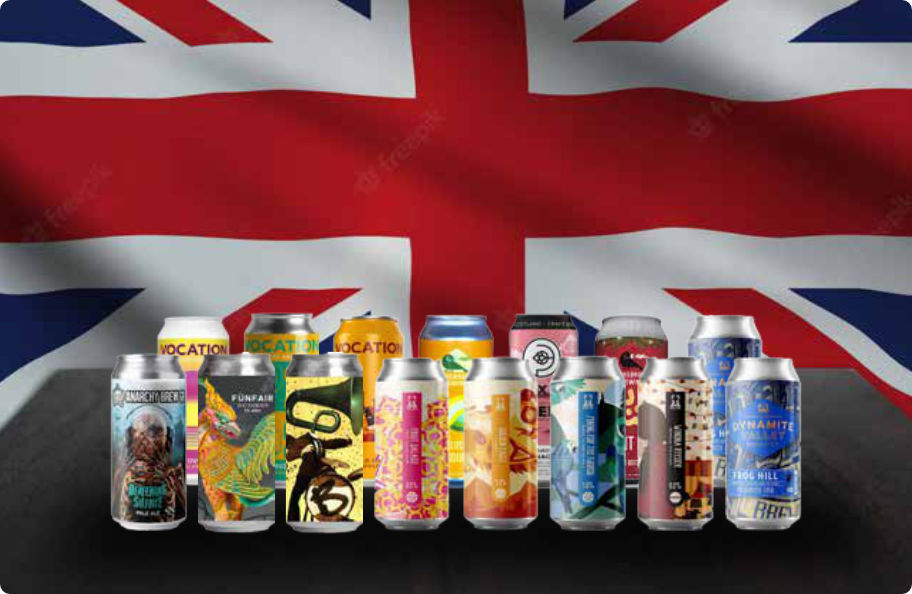Guides and Facts
What is Imperial Pils? | Encyclobeeria Part 10
What is Imperial Pils? | Encyclobeeria Part 10
Originally Posted on Jun 02, 2017
Welcome to Beers of Europe’s Beer Classification Guide. In this series we walk you through different beer styles, opening your eyes to the origins of the type and how it has developed over the course of its history. For the home brewers amongst you, we include the brewing specifications for the style and food pairings, as well as what makes it different from others. Finally, we give you the best examples of the type that you can buy straight from our website. Last editions covered the Dortmunder export and its rise to compete with the bigger Bavarian breweries. This week however, we will be looking at the imperial pilsner, which is a very specific lager style and is one that isn’t traditionally brewed by the Germans. Instead, it tends to be Eastern European breweries that delve into producing higher alcohol content beers to suit their market.
Origins and History
Not much is known about the origins or history of the imperial pilsner. It is definitely a relatively young style, with the pilsner on which it varies only discovered in the late nineteenth century. While it maintains most of the pilsner characteristics, including its appearance, it has much higher alcohol content than its predecessor as well as having a more pronounced malt taste and intense hop bitterness. It is higher priced than normal beers due to the higher quantities of ingredients used. Also due to its high ABV, it is not a session beer, meaning it is slightly less popular than other lager styles.

Brewing Specification
As is the case with styles with the word Imperial in, this isn’t going to be a soft easy drinking beer. They start at 6% ABV and regularly appear around the 8-9% mark. It does also have a higher IBU, or international bitterness unit, of 30+, depending on the ingredients. It is golden in colour, and uses various different hops and malts from around the world to offer their take on the style. The tasting notes for the style are founded upon a malt taste with bitter flavours. They can be served in a pokal or tumbler glass, at an ideal temperature of 5-7⁰C and can be paired well with oriental cuisine.
Recommendations
Rothhammer Rebel Imperial Pilsner
An imperial pilsner is a rare style, but our pick is a Chilean brewery that makes an imperial pilsner that weighs in at 70IBU and has an ABV of 9%. It uses German Pilsner malts as well as Cascade and Magnum hops to create its unique taste, driven by the passion of those that brew the craft lager.
Baltika No9
Baltika is a well-known brewery and is in pubs across the world, but many do not know the extent to their range. The No9 is a good example of this and at 8% is a very good imperial pilsner. Its ‘Strong’ lager has been around since 1998 and is now exported to 40 countries worldwide. It uses traditional ingredients and takes a lot of care and skill to achieve its high percentage by natural means.
Conclusion
The style is much less well known and is a somewhat grey area for styles, as many compare it to a Vienna Lager or just a strong pilsner. Its pronounced malt taste with added bitterness, along with its high alcohol content is enough for us to see it as a distinctive style in its own right. Not to be underestimated, this is not a session lager to consume quickly but one that can be appreciated in an evening and show a new depth to lagers.
Article by Matthew Keeley-Smith
Originally Posted on Jun 02, 2017
Welcome to Beers of Europe’s Beer Classification Guide. In this series we walk you through different beer styles, opening your eyes to the origins of the type and how it has developed over the course of its history. For the home brewers amongst you, we include the brewing specifications for the style and food pairings, as well as what makes it different from others. Finally, we give you the best examples of the type that you can buy straight from our website. Last editions covered the Dortmunder export and its rise to compete with the bigger Bavarian breweries. This week however, we will be looking at the imperial pilsner, which is a very specific lager style and is one that isn’t traditionally brewed by the Germans. Instead, it tends to be Eastern European breweries that delve into producing higher alcohol content beers to suit their market.
Origins and History
Not much is known about the origins or history of the imperial pilsner. It is definitely a relatively young style, with the pilsner on which it varies only discovered in the late nineteenth century. While it maintains most of the pilsner characteristics, including its appearance, it has much higher alcohol content than its predecessor as well as having a more pronounced malt taste and intense hop bitterness. It is higher priced than normal beers due to the higher quantities of ingredients used. Also due to its high ABV, it is not a session beer, meaning it is slightly less popular than other lager styles.

Brewing Specification
As is the case with styles with the word Imperial in, this isn’t going to be a soft easy drinking beer. They start at 6% ABV and regularly appear around the 8-9% mark. It does also have a higher IBU, or international bitterness unit, of 30+, depending on the ingredients. It is golden in colour, and uses various different hops and malts from around the world to offer their take on the style. The tasting notes for the style are founded upon a malt taste with bitter flavours. They can be served in a pokal or tumbler glass, at an ideal temperature of 5-7⁰C and can be paired well with oriental cuisine.
Recommendations
Rothhammer Rebel Imperial Pilsner
An imperial pilsner is a rare style, but our pick is a Chilean brewery that makes an imperial pilsner that weighs in at 70IBU and has an ABV of 9%. It uses German Pilsner malts as well as Cascade and Magnum hops to create its unique taste, driven by the passion of those that brew the craft lager.
Baltika No9
Baltika is a well-known brewery and is in pubs across the world, but many do not know the extent to their range. The No9 is a good example of this and at 8% is a very good imperial pilsner. Its ‘Strong’ lager has been around since 1998 and is now exported to 40 countries worldwide. It uses traditional ingredients and takes a lot of care and skill to achieve its high percentage by natural means.
Conclusion
The style is much less well known and is a somewhat grey area for styles, as many compare it to a Vienna Lager or just a strong pilsner. Its pronounced malt taste with added bitterness, along with its high alcohol content is enough for us to see it as a distinctive style in its own right. Not to be underestimated, this is not a session lager to consume quickly but one that can be appreciated in an evening and show a new depth to lagers.
Article by Matthew Keeley-Smith




